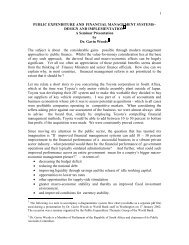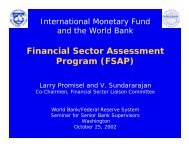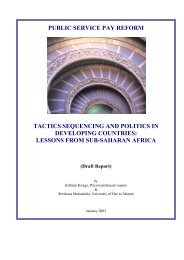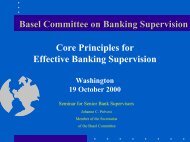CORRUPTION ASSESSMENT: MOZAMBIQUE - World Bank
CORRUPTION ASSESSMENT: MOZAMBIQUE - World Bank
CORRUPTION ASSESSMENT: MOZAMBIQUE - World Bank
Create successful ePaper yourself
Turn your PDF publications into a flip-book with our unique Google optimized e-Paper software.
With a tax base for only about half of total government expenditure (49 percent in 2003),the aid/GDP ratio is twice as high as the average for sub-Saharan Africa, resulting in alimited financial relationship between government and citizens that is a poor basis forcreating demand for accountability. High levels of aid, and low tax ratios reduceincentives to use resources more effectively in the public interest.The issues: constraints and incentivesThe budget process takes place in an institutional framework of constraints and incentivesthat shape stakeholders' interests and actions. Three issues stand out: the fragmented,incremental nature of the budget process within government; the role of the donors as themain interlocutors of the government; and the weakness of internal demand, through theNational Assembly or from civil society, for improved management of public finances.Fragmented, incremental nature of the budget process. Within the executive,planning and resource allocation are highly dispersed, mainly due to the diversity offunding sources. In large sectors such as education, health, agriculture and public works,donor assistance, much of it off-budget, often outweighs the resources made availablethrough the State Budget (OE). Even within the line ministries, power over resources isdispersed, due to donor funding of projects managed by different directorates anddepartments, and widespread disbursement arrangements involving the use of a multitudeof separate accounts. These arrangements were recognized by a former Minister ofPlanning and Finance as necessary to obtain a high and rising level of donor assistance tohelp pull Mozambique out of poverty.As far as the OE itself is concerned, budget formulation has been driven only to a limitedextent by policy objectives and priorities. The only targets that guide budget formulationare those agreed with the IMF on overall fiscal aggregates and, since the adoption ofPARPA in 2001, a target of allocating 65 percent of government expenditure (minusinterest payments) to the plan’s six priority sectors.Apart from this, there are no clear criteria for allocating expenditure between and withinsectors and provinces, but an incremental approach is applied to expenditure allocations,in so far as rising levels of resources permit increased spending. This approach tobudgeting encourages input-based resource allocations, with no clear linkages to plannedactivities, outputs and outcomes -- thereby constraining any effective accountability forresults. Recurrent expenditure allocations largely reflect the existing location of publicadministration and services, while most investment decisions are perceived to be predeterminedby donors.Recent reforms, initiated by the Law on the State Financial Administration System (Lawn.º 9/2002), have focused mainly on budget execution weaknesses, notably in publicaccounts and the treasury system. By contrast, the government has given little attention toovercoming the weaknesses in budget formulation.FINAL REPORT 27


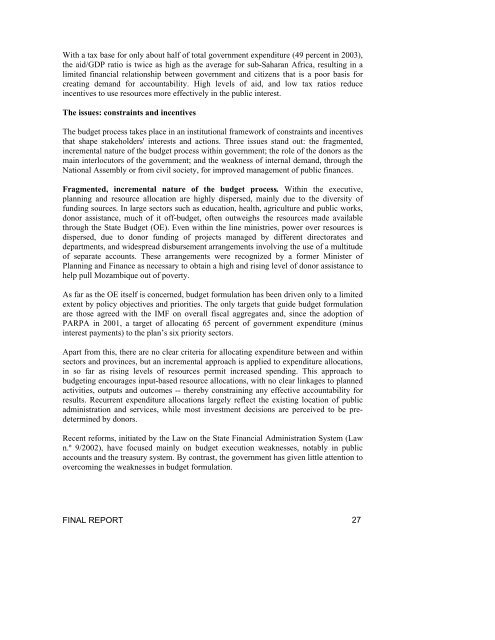
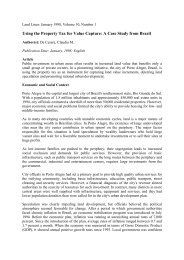

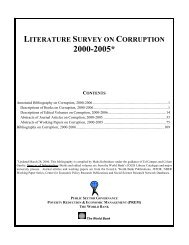
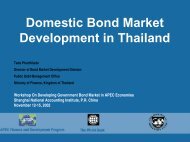
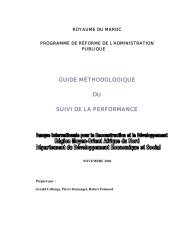
![Budget Execution: Overview [PDF 453K]; Bill Dorotinsky - World Bank](https://img.yumpu.com/47844909/1/190x143/budget-execution-overview-pdf-453k-bill-dorotinsky-world-bank.jpg?quality=85)
